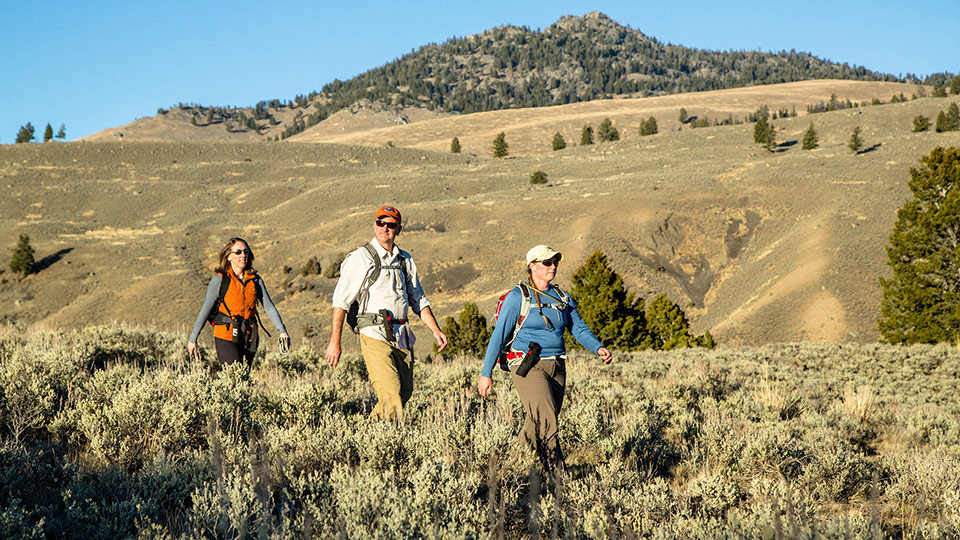The question of whether states should be given management responsibilities for federal lands raises impassioned arguments over the best use of wide swaths of the American West.
Often lost in that debate is little-noticed research that has serious dollars-and-cents implications: Rural counties in the West with lots of federal land have done much better over the past half century than rural counties with relatively little federal land.
Recent findings released by the nonpartisan Montana-based research group Headwaters Economics show that since 1970, those counties with the most federal land have far outpaced those with the least on a number of key economic indices.
Since 1970, the 25 percent of rural Western counties with the highest percentage of federal lands increased in population by 97 percent, while the 25 percent with the lowest percentage increased by just 20 percent.
Employment in counties with the most federal land increased by 157 percent over that timeframe compared to a 51 percent increase in those with the least federal land.
Growth in per capita income was more even but still weighed in favor of the counties with more federal land, 61 percent to 57 percent.
The researchers also parsed the numbers based on the percentage of a county’s land base comprised of protected federal lands, such as wilderness areas and national parks and monuments. Per capita incomes in the counties with the highest percentage of protected federal lands grow by 73 percent between 1970 and 2015 compared to 54 percent in counties with the lowest percentage of protected federal lands.
Headwaters researchers examined data from 276 counties in 11 western states. None of those counties contain metropolitan areas.
“Federal lands continue to provide natural resources for commodity sectors, but also offer recreational opportunities, natural amenities, and scenic backgrounds that stimulate migration, drawing entrepreneurs and attracting a skilled workforce across a range of faster growing industries,” the researchers wrote. “High-performing counties with a large share of federal land generally have capitalized on federal lands in multiple ways.”
The large majority of westerners live in cities. Just 8 percent of the region’s residents live in non-metropolitan counties. But those counties account for more than three-quarters of the region’s total area.



We need to leave federal lands protected by the federal government. Fracturing it to either states or private groups is the first step in losing what was created by our visionary forefathers.